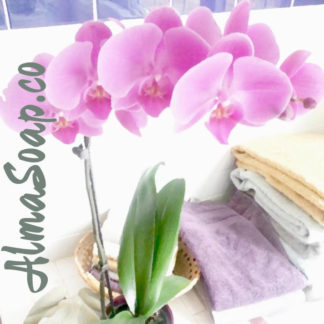Here are the latest updates for Lotions now available for sale…
Lotion No. 11a is made with macadamia nut, hempseed, and jojoba oils, stearic acid, BTMS, and allantoin. Scented with Musk Rose, which smells clean and fresh.
Lotion No. 12a is made with fractionated coconut oil, monoi butter, isopropyl myristate, stearic acid, and BTMS. Scent is provided by the Monoi butter, which is derived from a tropical flower similar to plumeria or gardenia.
Lotion No. 13a is made with fractionated coconut and tamanu oils, isopropyl myristate, olive squalane, stearic acid, BTMS, and allantoin. Scented with rosemary. The tamanu oil itself has a clean earthy smell.
The Tamanu oil, used in No. 13a, is reputed to have special healing qualities, as does olive squalane. That said, all of the oils we use are renowned for being especially skin friendly.
Lotion No. 14a is made with walnut, olive, and jojoba oils, isopropyl myristate, stearic acid, emulsifying wax, and allantoin. Scented with Rockrose (Cistus essential oil).
- Vitamin E and a minimal amount of preservative/germicide is added to all our lotions.
- All have a medium consistency, neither thin nor thick.

